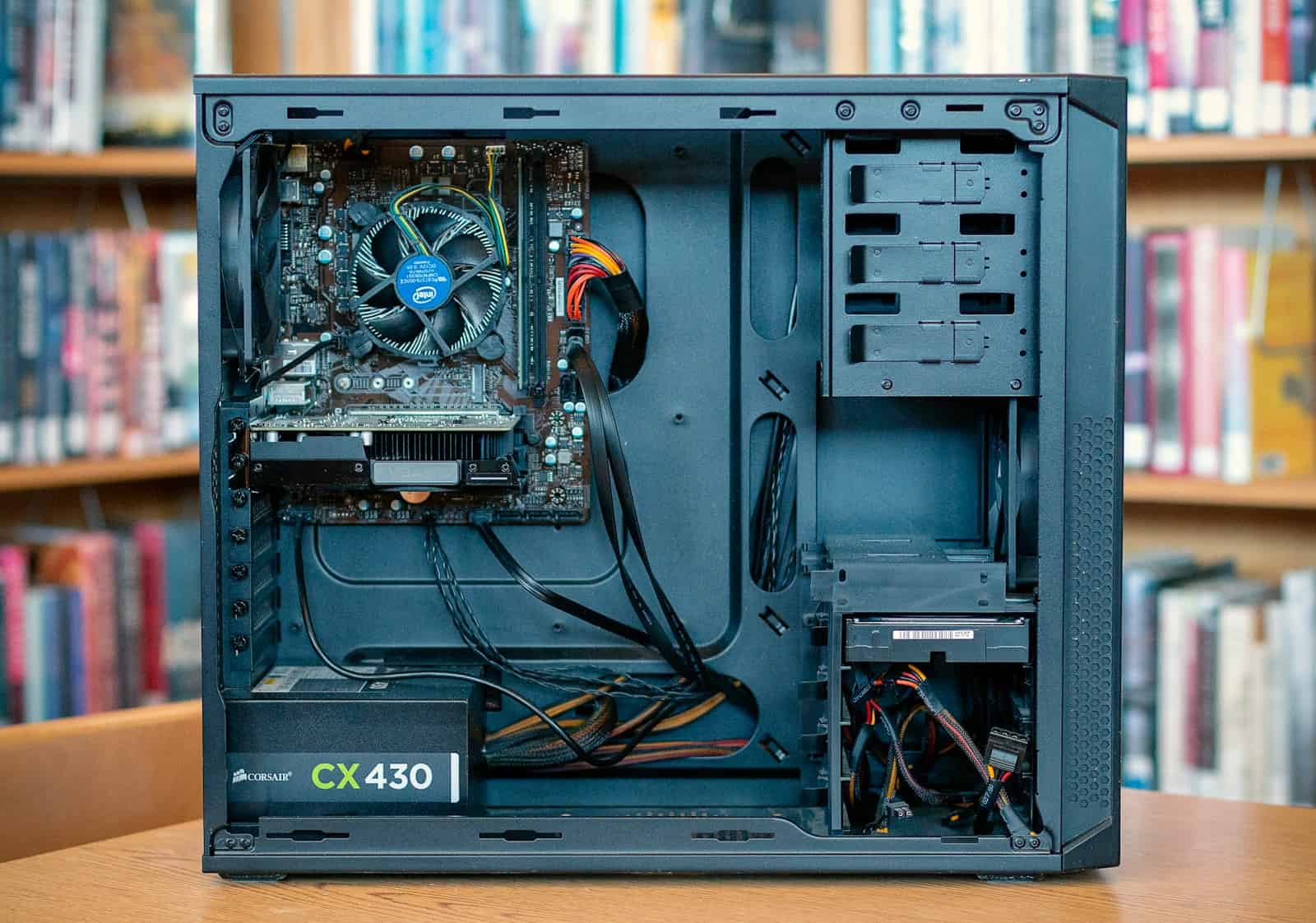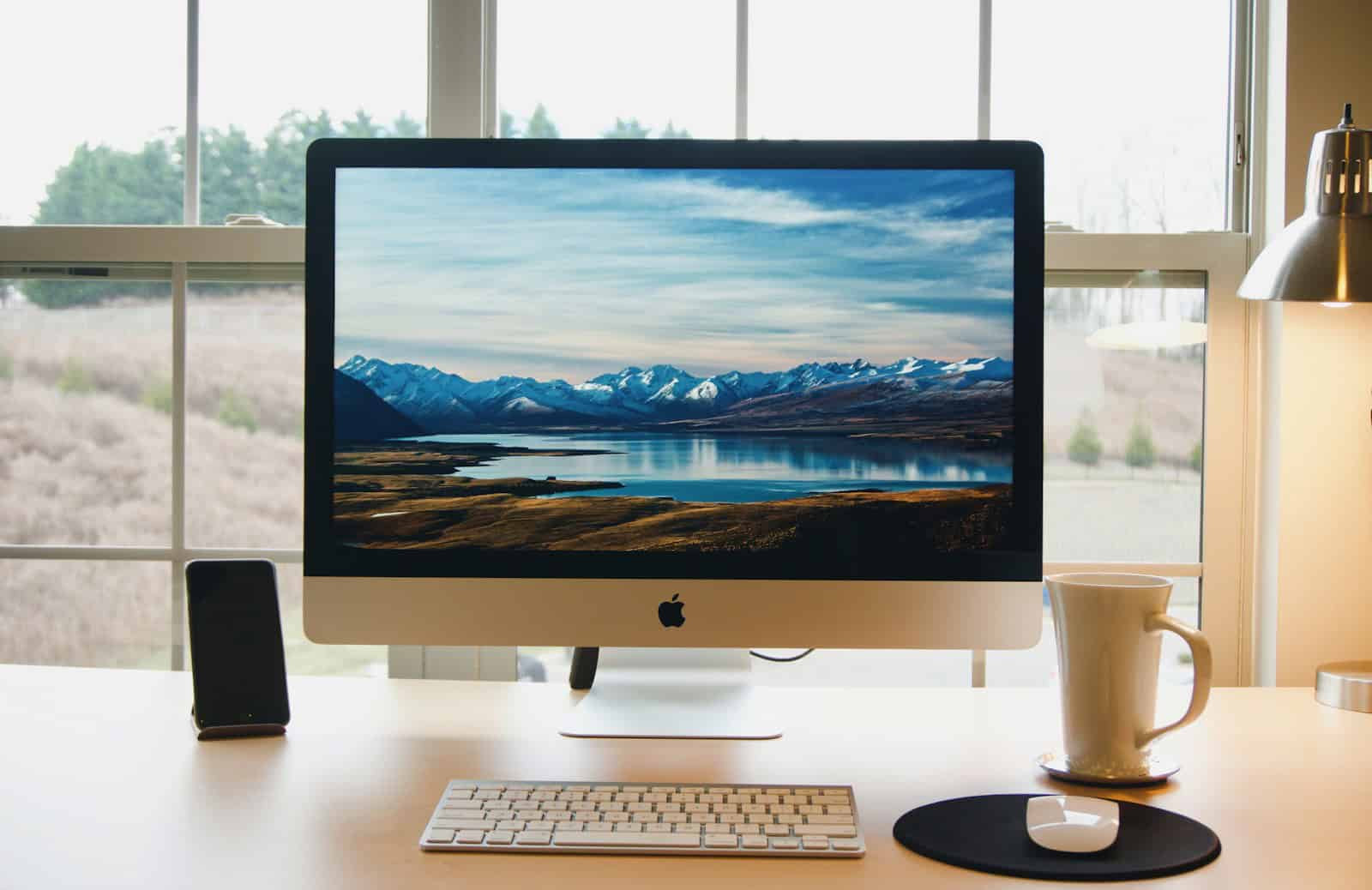Computers have been lasting longer as the performance gap between the best and worst has narrowed. However, they do not last forever. Knowing how long different types of computers typically last and what affects their lifespan can help users make better choices about their technology and maintenance. This understanding helps users avoid unexpected breakdowns and plan for upgrades or replacements in advance. Many people wonder how long computers will last before they need to be replaced.
On average, a computer lasts about 3 to 5 years. This can change based on how it is used and cared for. Desktop computers usually last longer than laptops because they are easier to repair and upgrade. Laptops often wear out faster due to being moved around more. Both types can work for many years with proper care. A computer’s life depends on several factors, including the quality of its parts, how often it is used, and how well it is maintained. Keeping a computer clean and updating its software can help it last longer. If a computer starts to slow down or can’t run new programs, it may be time to get a new one.
Understanding A Computer’s Lifespan

Factors Affecting Computer Lifespan
Several things influence how long your computer will last. These include the quality of the components, how often you use it, and how well you maintain it. A computer used daily for demanding tasks like video editing might wear out faster than one used occasionally for browsing the web.
Hardware Quality
Higher-quality components tend to last longer. Think of it like buying a car; a well-made car often runs for many years, while a cheaper model might have more problems sooner. Brands known for reliable hardware often cost more upfront but can save you money in the long run.
Usage Intensity
The harder you push your computer, the more wear and tear it experiences. Running demanding programs like games or design software generates heat, which can degrade components over time. Regularly using your computer for basic tasks like email and web browsing puts less stress on the hardware.
Maintenance and Care
Keeping your computer clean and cool is essential. Dust buildup can trap heat, which damages internal parts. Regularly updating software and drivers helps your computer run efficiently and avoid problems. Think of it as regular maintenance for your car; it keeps everything running smoothly.
Typical Lifespan of Different Computer Types
Different types of computers have different lifespans. Desktops, laptops, and all-in-one computers each have their own typical usage timelines.
Desktops
Desktops generally last longer than laptops. They have better airflow and are easier to upgrade, which can extend their lifespan. With proper care, a desktop can easily last five to eight years, or even longer.
Laptops
Laptops are more portable but tend to have shorter lifespans. They’re more susceptible to damage from being moved around, and their components are more difficult to replace. A good laptop often lasts three to five years.
All-in-One Computers
All-in-one computers combine the monitor and computer into a single unit. Their lifespan is often similar to laptops, typically three to five years, due to similar challenges with cooling and upgradeability.
Extending Your Computer’s Life
You can take steps to make your computer last longer. Simple habits can make a big difference.
Regular Cleaning
Clean your computer regularly to prevent dust buildup. Use compressed air to remove dust from vents and fans. A clean computer runs cooler and more efficiently.
Software Updates
Keep your operating system and software up to date. Updates often include performance improvements and security patches that can help your computer run smoothly.
Careful Handling
Treat your computer with care. Avoid eating or drinking near it, and be gentle when handling it. For laptops, use a protective case when traveling.
Component Upgrades
Consider upgrading components like RAM or storage. This can improve performance and extend the life of your computer, especially for desktops.
Cost Considerations
The cost of a new computer can be significant. It’s wise to consider the long-term cost of ownership, including repairs and replacements. Sometimes, investing in a slightly more expensive, higher-quality computer can save you money in the long run.
| Computer Type | Typical Lifespan | Factors Affecting Lifespan |
|---|---|---|
| Desktop | 5-8+ years | Component quality, usage, maintenance, upgrades |
| Laptop | 3-5 years | Portability, cooling, usage, maintenance |
| All-in-One | 3-5 years | Cooling, usage, maintenance |
Knowing how long your computer might last helps you plan for future upgrades or replacements. By understanding the factors that affect lifespan, you can make informed decisions about how to care for your computer and get the most out of your investment.
Key Takeaways
- Computers typically last 3-5 years, with desktops often outlasting laptops
- Regular maintenance and updates can extend a computer’s lifespan
- Signs like slow performance or outdated hardware may signal the need for replacement
Determining Factors in Computer Longevity
Computer lifespan depends on many things. Hardware quality and how people use their computers play big roles.
Hardware Components and Wear
Computer parts don’t last forever. CPUs and GPUs can work for many years. Hard drives often fail first. Solid-state drives last longer than spinning disks. RAM rarely breaks but can slow down over time.
Laptops tend to wear out faster than desktops. They have more heat and moving parts in a small space. Batteries also lose power over time.
Fans and power supplies can fail after a few years. This causes overheating. Hot parts wear out quicker.
Usage Patterns and Maintenance
How people use their computers affects how long they last. Gaming puts more stress on parts than web browsing. Running many programs at once heats up the system.
Dust buildup inside the case traps heat. This makes parts wear out faster. Regular cleaning helps computers run cooler and longer.
Software updates keep computers running well. Old software can slow things down. It may not work with new programs.
Proper care makes computers last longer. This includes:
- Keeping the system cool
- Using surge protectors
- Updating software regularly
- Not dropping or bumping laptops
With good care, many computers can last 5-8 years before needing replacement.
Technological Developments and Consumer Choices
Computer lifespans depend on fast-changing tech and user needs. New software and hardware affect how long PCs stay useful.
Software Requirements and Compatibility
New programs often need more power. Old computers may not run the latest apps well. Windows and macOS updates can slow down older machines. Many people buy new PCs when their old ones can’t handle new software.
Security is key. Older systems may not get important updates. This leaves them open to hackers. Businesses often replace computers to keep data safe.
Some parts wear out faster than others. Hard drives can fail after a few years. But CPUs and RAM usually last longer. Upgrading parts can extend a computer’s life.
Market Evolution and Brand Strategies
Computer makers release new models often. They want people to buy the latest tech. Apple and Microsoft push new features in their devices.
Laptops now last about 3-5 years for most users. Desktop PCs can last 5-8 years. Gaming laptops may need replacing sooner due to high demands.
Brands offer different warranty lengths. Some give 1 year, others up to 3 years. Extended warranties can add protection. But they also cost more.
PCs are getting harder to upgrade. Many new laptops have parts that can’t be changed. This can shorten their useful life. It also pushes users to buy whole new systems more often.







